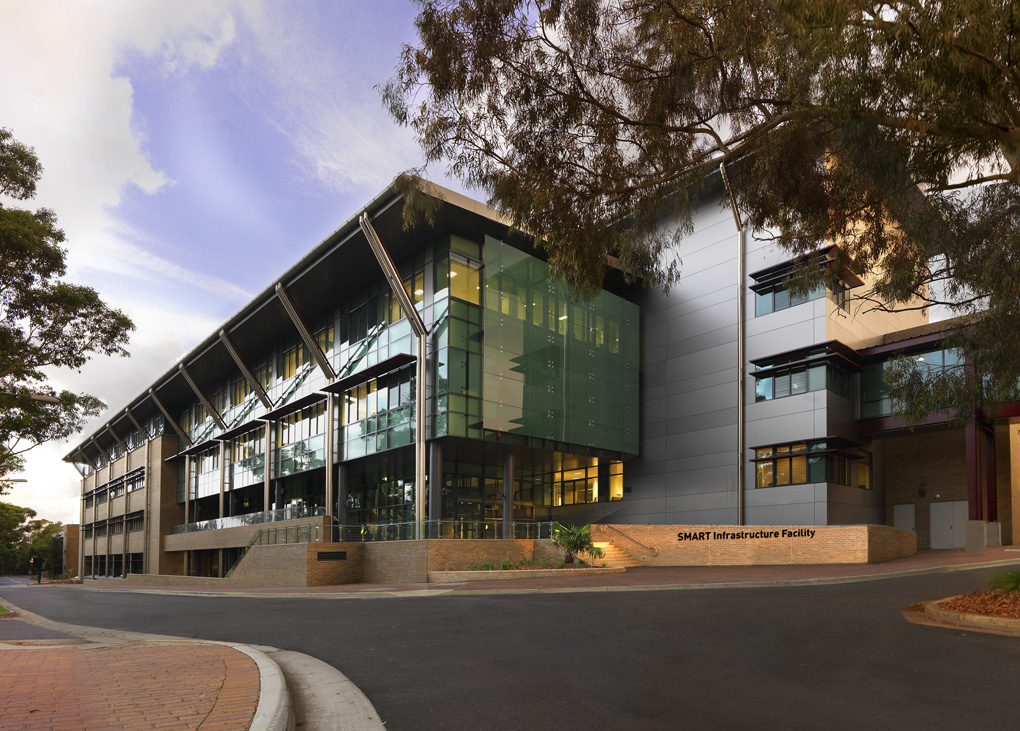Researchers from the University of Wollongong (UOW) are exploring ways to keep building temperatures consistent within a set comfort zone. A collaboration between the university’s SMART Infrastructure Facility, industry and government, the research team is focusing on optimising building HVAC.
“The project’s focus is to increase the efficiency of building environments,” says team leader and senior research fellow Dr Rohan Wickramasuriya.
“For instance, by forecasting room temperatures as a function of external and internal conditions, we expect to find that it is more efficient to pump cool night air into a building, rather than turning off the system at 6pm and allowing rooms to heat up due to lack of ventilation.”
Funded by Grosvenor Engineering Group, Enviro Building Services, and the NSW government (through the Department of Industry), the project is part of SMART’s Digital Living Lab.
In the project, anonymised real building data is collected from equipment maintained by Grosvenor. Meanwhile, Enviro’s office spaces are providing image data. This data will be used to train deep neural networks to predict outcomes.
The research aims to solve three key practical problems in building management. The first of these is the accurate counting of building/room occupation. The second is accurate forecasting of indoor temperatures to help assess the impact of different power regimes and mode of operations for an HVAC system.
And the third challenge is to build a smart sensor that can detect issues in rotating equipment such as fans before these issues become problems.
“The SMART Infrastructure Facility focuses on solving applied research problems, because we believe that scientific research which is undertaken should have a real impact,” says Dr Wickramasuriya.
“Outcomes expected from this project include a readily deployable, accurate and IoT-compliant people counter; [an] accurate indoor temperature forecasting algorithm; and a prototype vibration sensor.”
Accurate estimation of building occupancy is a prerequisite to optimising both HVAC systems and space utlisation. Current systems used for this purpose are about 66 per cent accurate, while the new image-recognition based system developed in the SMART research is said to be about 93 per cent accurate.
Project results are expected to be delivered mid-year.
 Matt Dillon
Matt Dillon


Leave a Reply